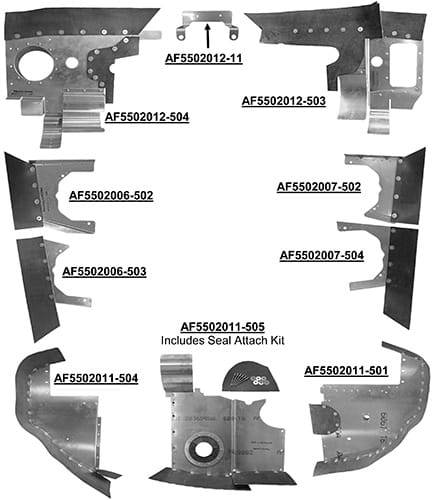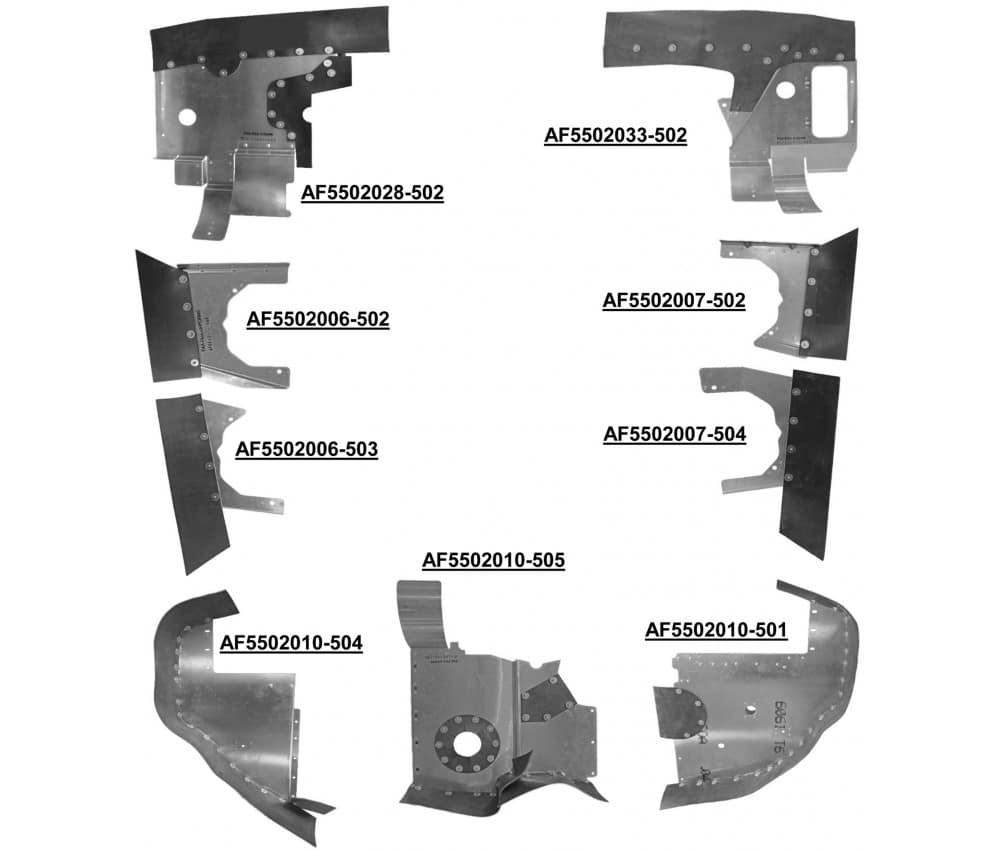Common Symptoms of Poor Baffle Sealing:
• Higher Cylinder Head Temperatures:
• Uneven Cooling Across Cylinders:
• Visible Wear or Damage:
• Increased Engine Wear:
• Wear on Cowling Components:

Q: What are baffle seals, and what is their purpose?
A: Baffle seals are flexible materials placed in the engine compartment to direct airflow over the engine’s hottest parts, such as cylinder barrels and cylinder heads. They help dissipate heat and maintain optimal operating temperatures.
Q: What are some common symptoms of poor baffle sealing?
A: Common symptoms include higher-than-normal cylinder head temperatures, indicated by temperature instrumentation, uneven cooling across cylinders, melted paint on cylinders, and visible wear or damage to the seals.
Q: Can baffle seals be repaired, or must they be replaced?
A: In some cases, minor repairs to baffle seals can be made, such as patching small tears or holes. However, if the seals are significantly damaged or deteriorated, an A&P Mechanic should replace them to ensure proper cooling.
Q: Are there any regulatory requirements regarding baffle seals?
A: Yes, the FAA requires according to FAA Advisory Circular AC 43.13-1B, that baffle seals be maintained airworthy and replaced if they are damaged or deteriorated beyond acceptable limits. Compliance with these requirements is essential for safe operation.
Q: How can I improve the performance of my baffle seals?
A: Regular inspection and maintenance are essential to ensuring optimal performance. Following the manufacturer’s guidelines for inspection intervals and replacement criteria can help improve performance and longevity.
Q: Can I replace the baffle seals, or need a professional mechanic?
A: While some minor repairs may be possible for experienced owners, replacing baffle seals is typically a job best left to professional mechanics with the necessary tools and expertise to ensure proper installation and sealing.


